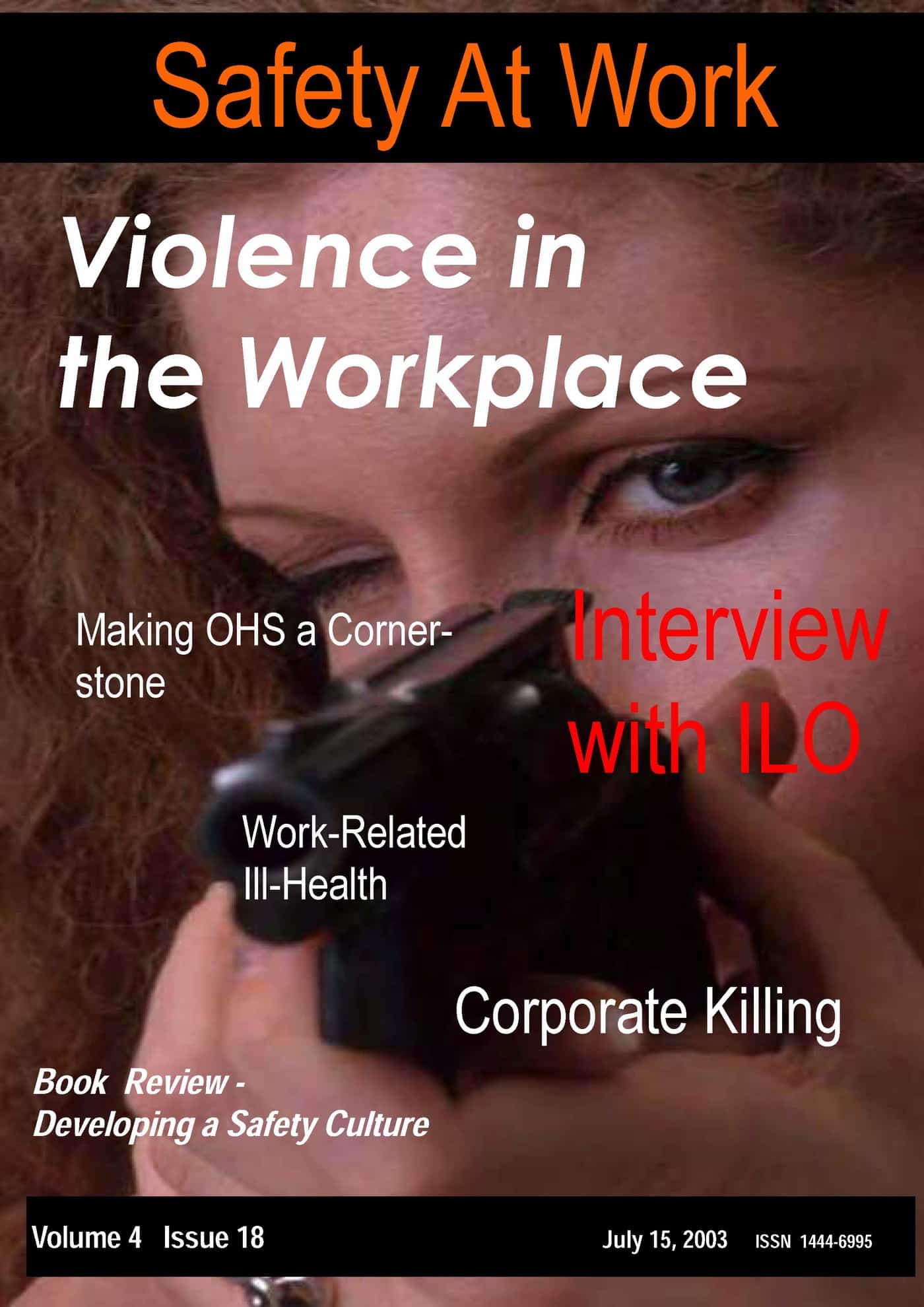In October 2006, I interviewed Dr Jukka Takala for the SafetyAtWork podcast. Jukka had just taken over as director of the European Agency for Safety and Health at Work from Hans-Horst Konkolewsky.
The agency has continued its important work but seems since 2006 to focus more on the EU internal requirements rather than reaching out globally as before. This is understandable given the influx of new EU member states over that time but it is disappointing when an OHS “regulator’s” website has so many dead links to its former international partners.
The 2006 podcast is available for download.
The transcript of an earlier interview I conducted with Jukka in his ILO days is available by clicking the cover image below.

